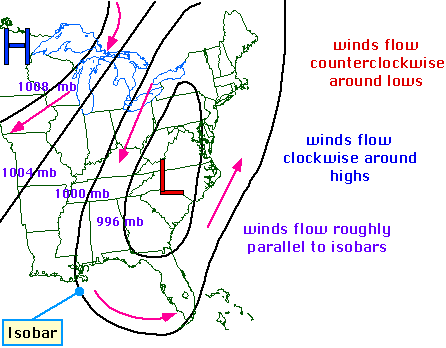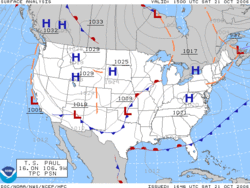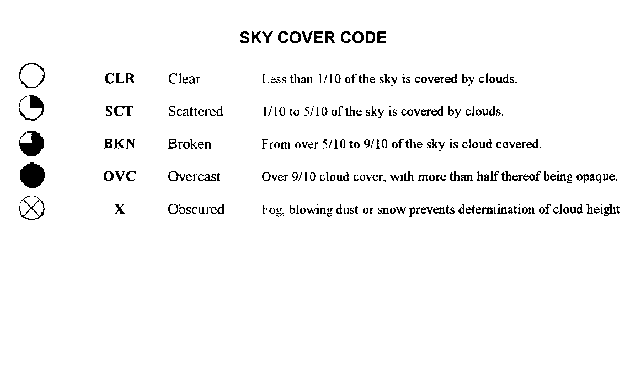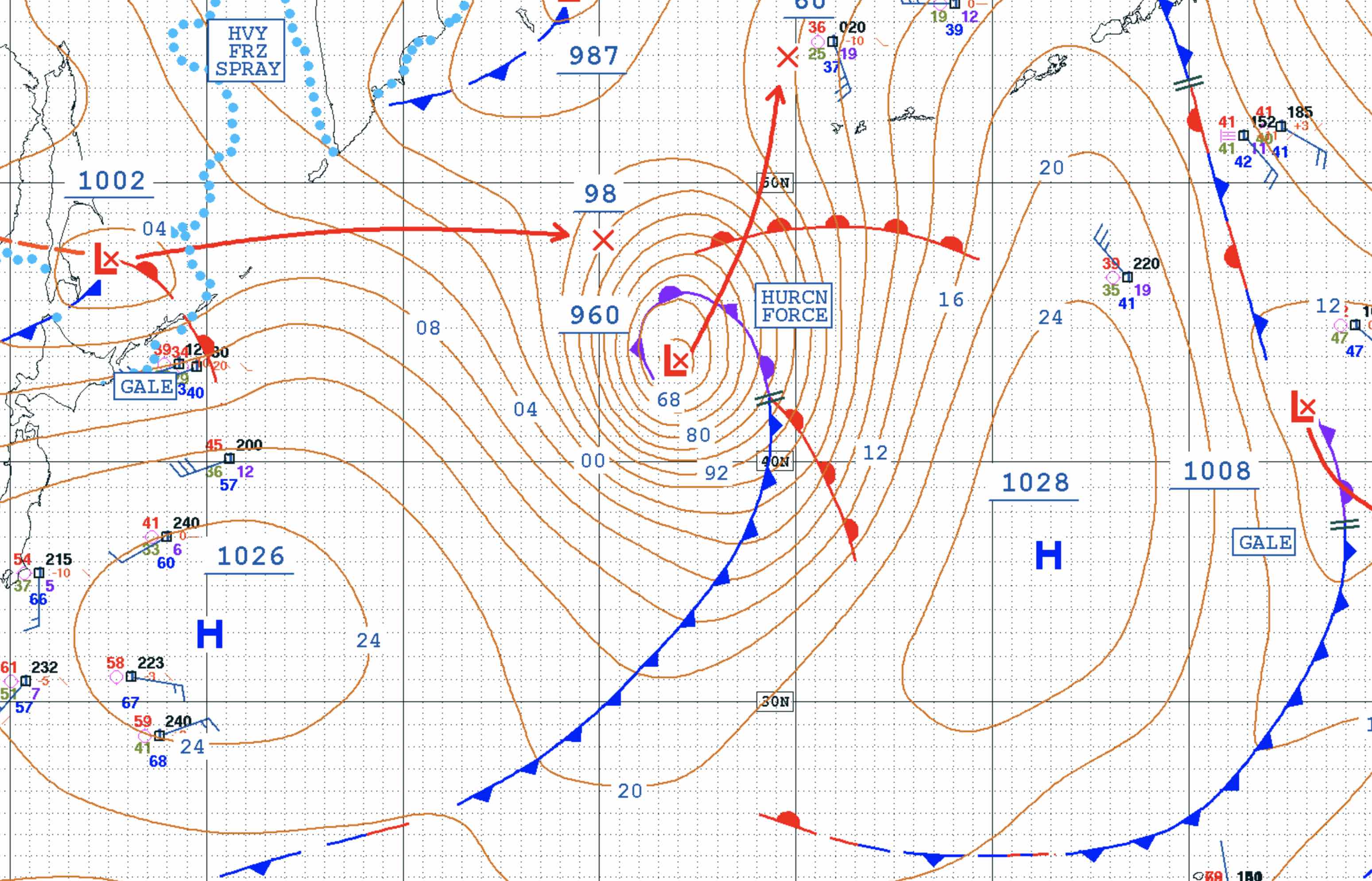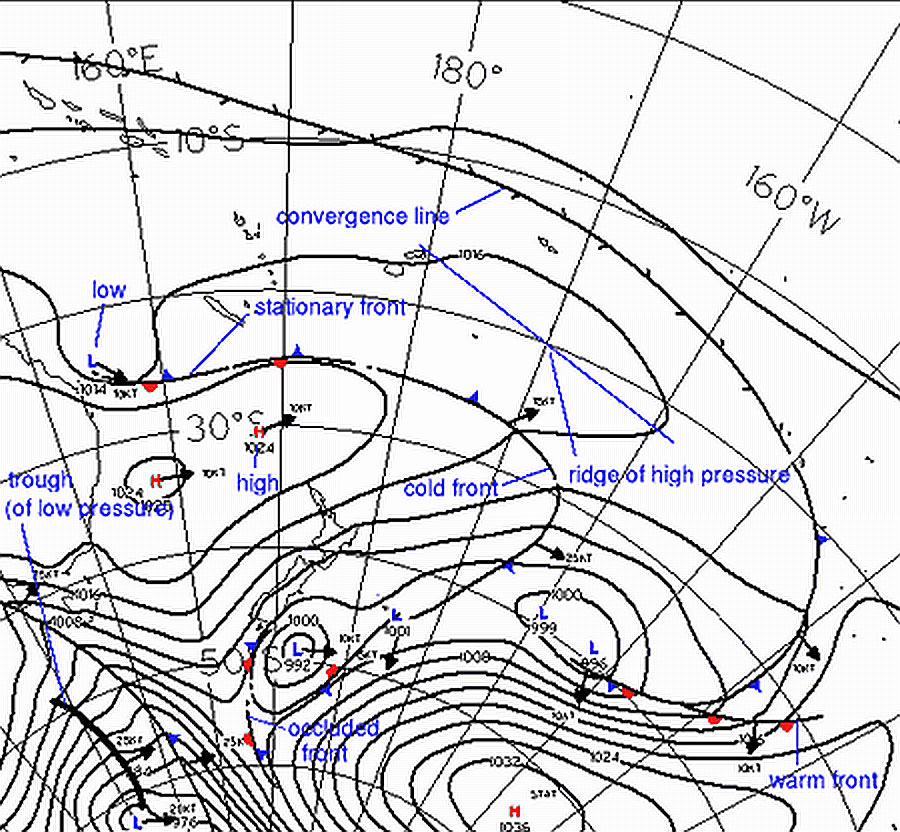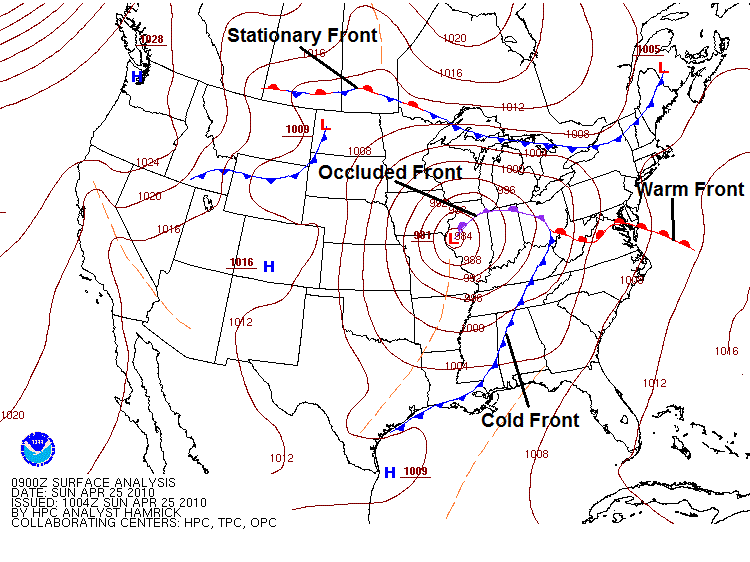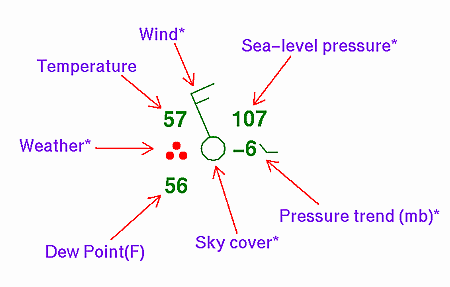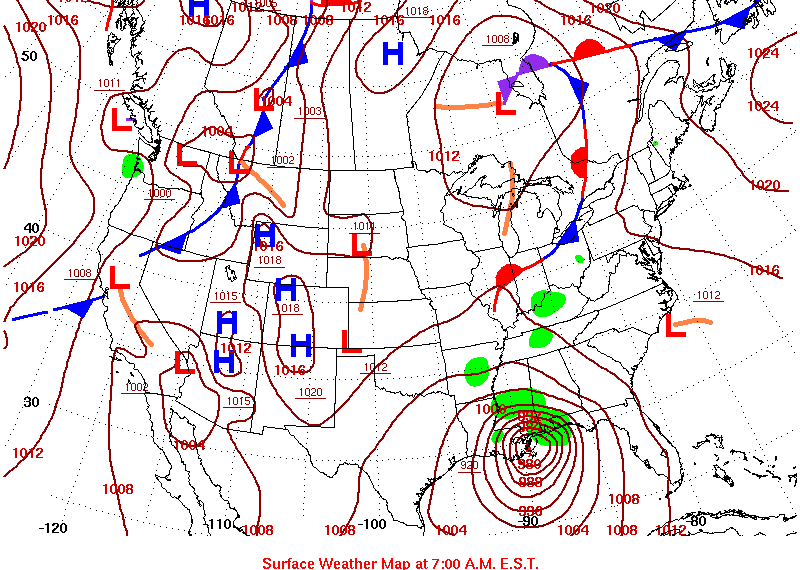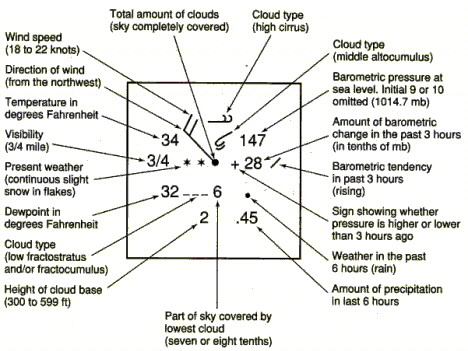How To Read Surface Weather Map
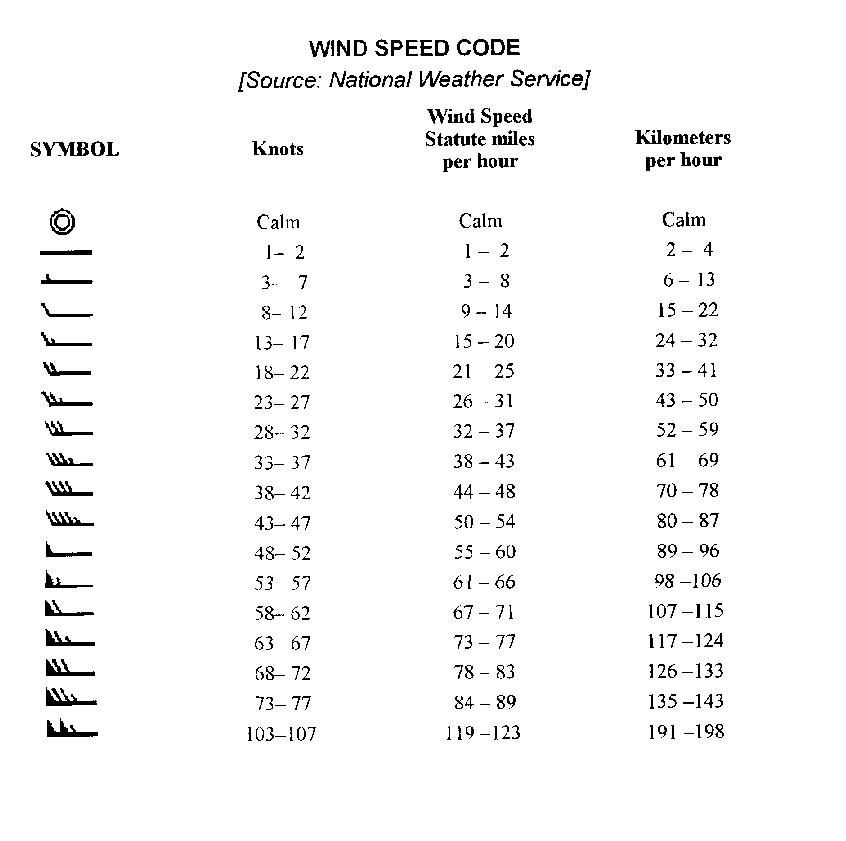
But how are the boundaries between air masses depicted.
How to read surface weather map. On weather maps the surface location of a warm front is marked with a red line of semicircles pointing in the direction of travel. However there are some common features typically found of these images. Winds often converge or come together at. Isobars play a major role in determining the speed and direction of wind.
We also tend to see increased amounts of cloud and rainfall along the front itself. A cold front is the leading edge of a invading colder air mass and is marked by a line with triangles pointing to where it is moving. A warm front can initially bring some rain followed by clear skies and warm temperatures. Weather maps come in myriads of styles with each providing different levels of information.
It tells you when the weather map was created and also the time when the weather data in the map is valid. One of the first coded pieces of data you might notice on a weather map is a 4 digit number followed by the letters z or utc usually found at the map s top or bottom corner this string of numbers and letters is a timestamp. Fronts are usually detectable at the surface in a number of ways. A few things to remember are that warm air follows a warm front and cold air follows a cold front.
Types of weather fronts a weather front is a boundary separating two air masses of different density. We draw lines called fronts. A front marks the boundary between two air masses and appears on the weather map as a line with triangles or semicircles attached. How to read surface weather maps.
It s called a surface weather analysis map and it shows the positions of high and low pressure systems and the boundaries between warm and cold air called fronts. In the section about the origin of wind we have already seen the source of the highs and lows. To read air pressure on a surface analysis weather map check for isobars iso equal bar pressure plain curved lines that indicate areas of equal air pressure.
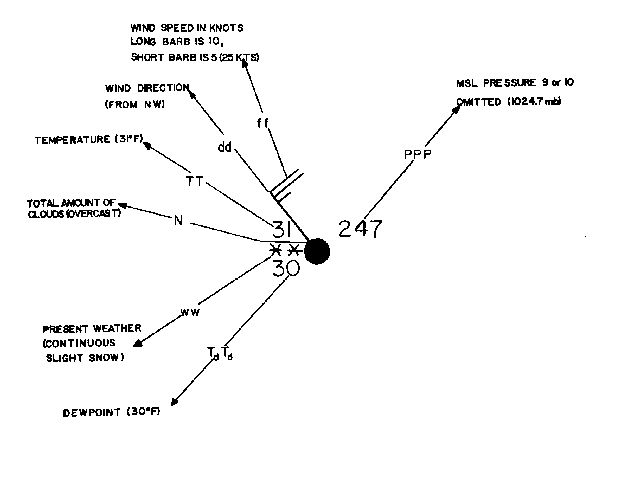
:max_bytes(150000):strip_icc()/stationplot-58b740273df78c060e194bdc.gif)
:max_bytes(150000):strip_icc()/usfntsfc2016012306z-58b7402d3df78c060e195cc4.gif)
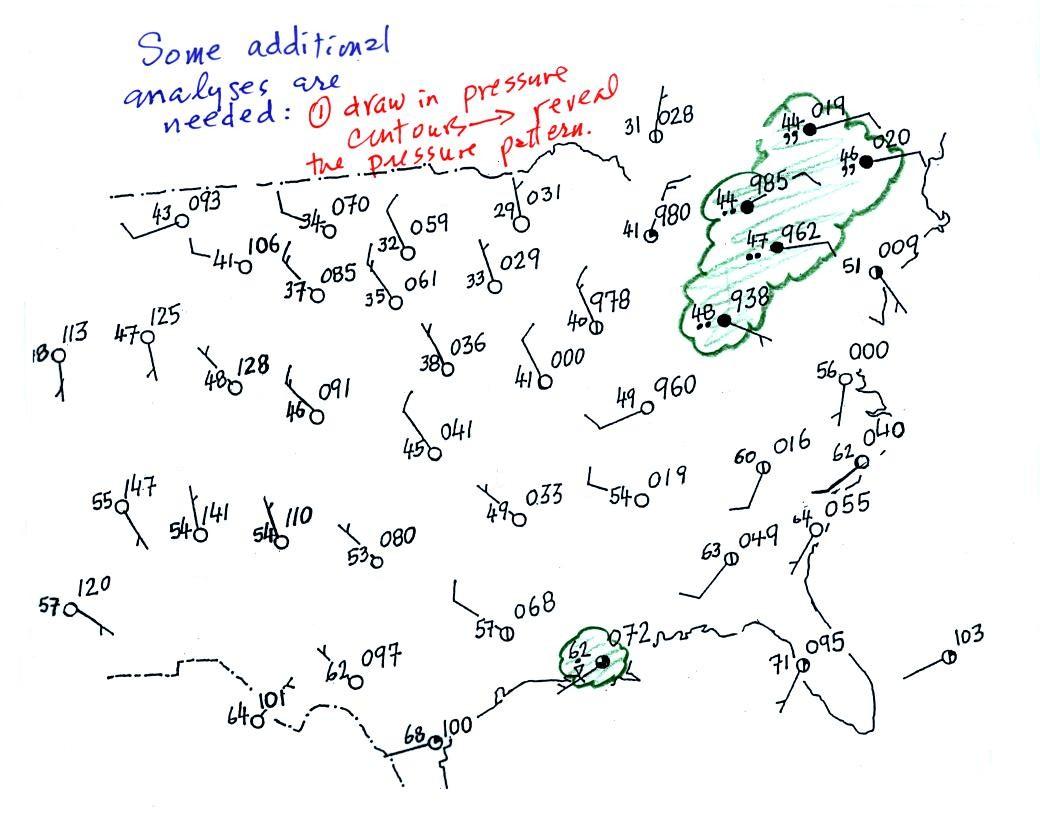
:max_bytes(150000):strip_icc()/Pacific-Ocean_HLcenters-noaa-OPC-58b740303df78c060e196387.png)
